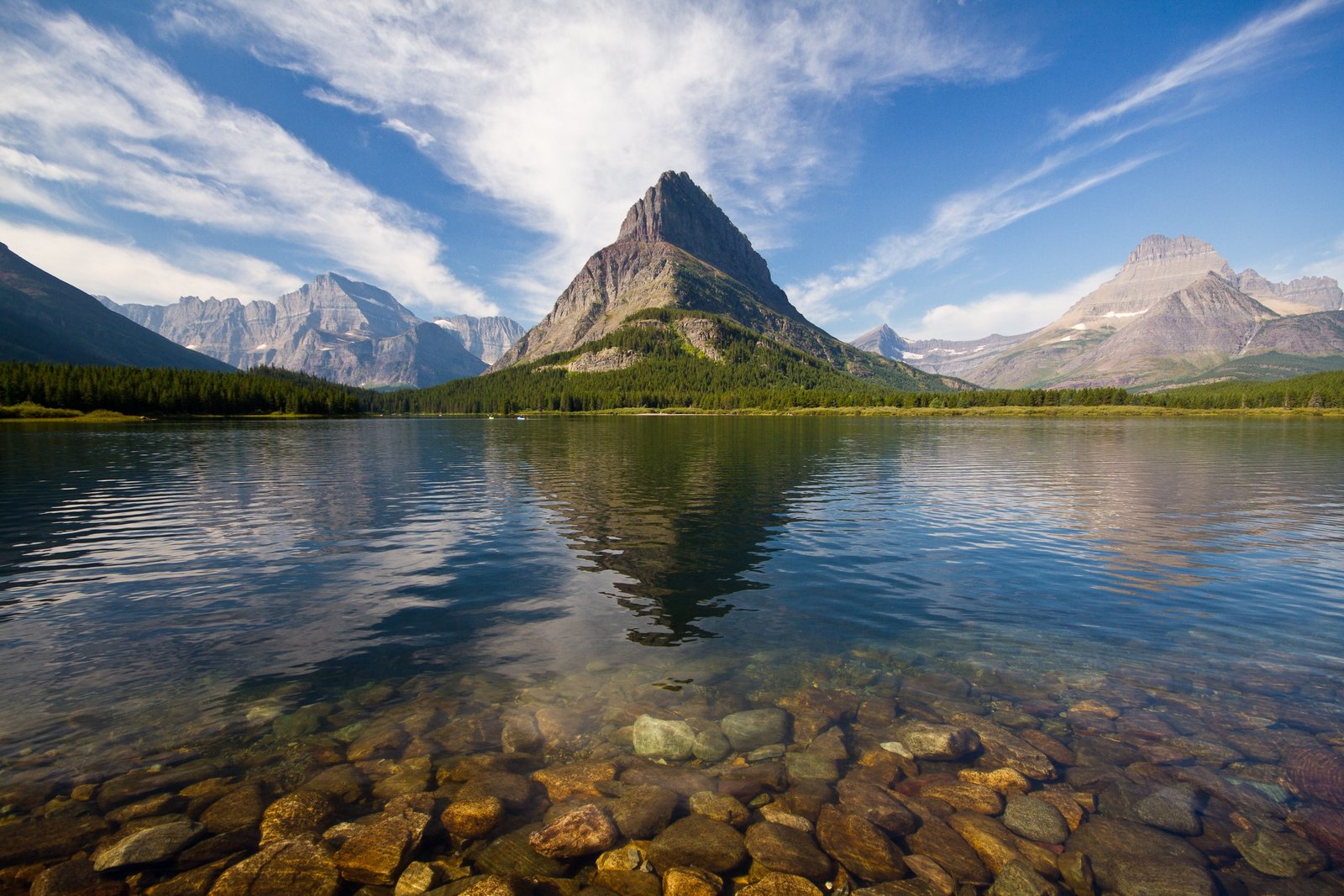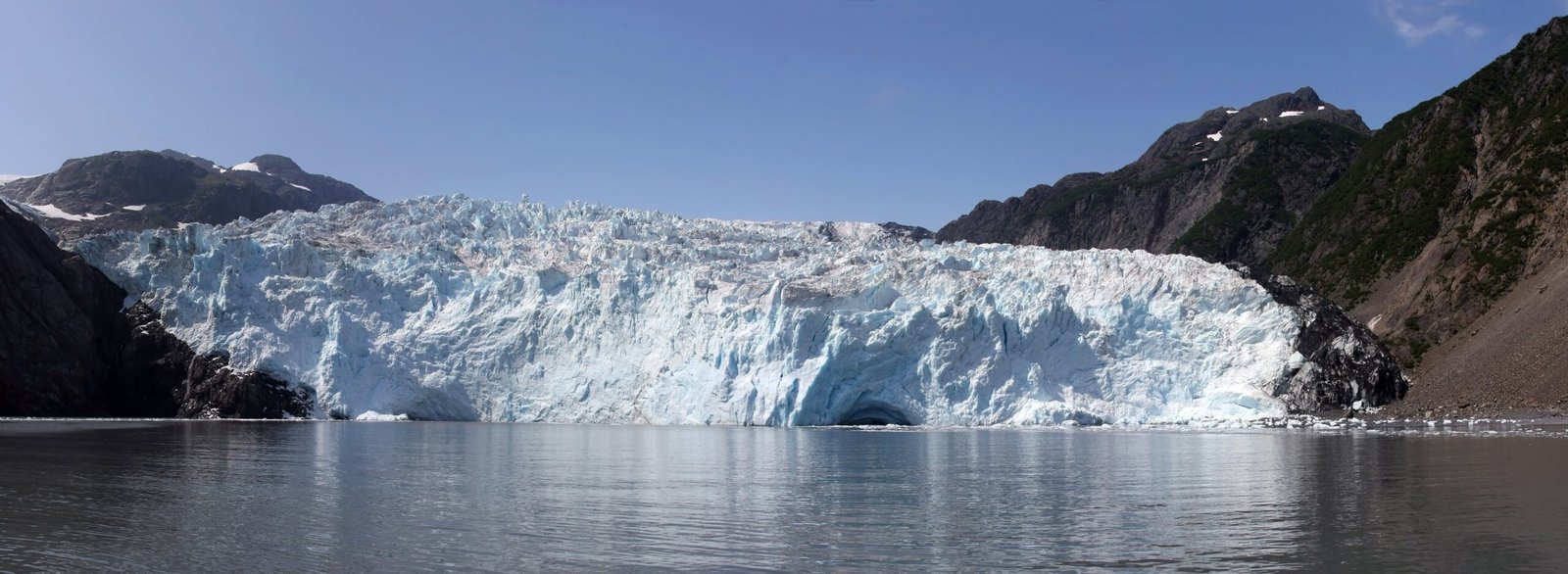Glacier National Park trails offer a diverse range of hiking experiences, from easy walks to challenging backcountry adventures. With over 700 miles of trails, the park provides opportunities for visitors to explore pristine forests, alpine meadows, rugged mountains, and glacial lakes. This guide covers trail difficulty levels, popular routes, and essential information for planning your hiking experience in Glacier National Park.
What Are the Most Popular Glacier National Park Trails?

Glacier National Park boasts numerous trails that cater to various skill levels and interests. Here are some of the most popular trails:
- Highline Trail
- Avalanche Lake Trail
- Grinnell Glacier Trail
- Hidden Lake Overlook Trail
- Iceberg Lake Trail
Each of these trails offers unique experiences and breathtaking views of the park’s diverse landscapes.
How Difficult Are the Trails in Glacier National Park?

The trails in Glacier National Park range from easy walks to strenuous backcountry hikes. Here’s a breakdown of trail difficulties:
Easy Trails
- Trail of the Cedars
- Running Eagle Falls
- Sun Point Nature Trail
Moderate Trails
- Avalanche Lake
- Hidden Lake Overlook
- St. Mary and Virginia Falls
Strenuous Trails
- Highline Trail
- Grinnell Glacier
- Pitamakan-Dawson Loop
It’s important to choose a trail that matches your fitness level and hiking experience.
What Are the Trail Lengths and Elevation Gains?
Here’s a table showing the lengths and elevation gains of some popular trails:
| Trail Name | Length (Round Trip) | Elevation Gain |
|---|---|---|
| Highline Trail | 11.8 miles | 1,950 feet |
| Avalanche Lake | 4.5 miles | 730 feet |
| Grinnell Glacier | 10.6 miles | 1,840 feet |
| Hidden Lake Overlook | 2.7 miles | 540 feet |
| Iceberg Lake | 9.7 miles | 1,275 feet |
What Are the Best Seasons for Hiking in Glacier National Park?
The best hiking season in Glacier National Park typically runs from late June to early September. However, each season offers unique experiences:
- Spring (May-June): Lower elevation trails open, wildflowers begin to bloom
- Summer (July-August): Peak season, all trails usually accessible
- Fall (September-October): Fewer crowds, beautiful fall colors
- Winter (November-April): Limited access, snowshoeing and cross-country skiing opportunities
What Should I Pack for Hiking in Glacier National Park?
Essential items for hiking in Glacier National Park include:
- Sturdy hiking boots
- Layered clothing
- Rain gear
- Sun protection (hat, sunscreen, sunglasses)
- Plenty of water and snacks
- Bear spray
- First aid kit
- Map and compass (or GPS device)
Always be prepared for changing weather conditions and potential wildlife encounters.
Are There Any Safety Concerns for Hiking in Glacier National Park?
Safety is paramount when hiking in Glacier National Park. Key concerns include:
- Wildlife encounters (especially bears)
- Changing weather conditions
- High altitude and steep terrain
- Stream and river crossings
Always check trail conditions, inform someone of your plans, and follow park regulations and safety guidelines.
How Can I Obtain Trail Maps and Current Conditions?
You can obtain trail maps and current conditions through:
- Visitor centers within the park
- The official Glacier National Park website
- Park ranger stations
- Local outdoor gear shops
It’s crucial to check current conditions before setting out on any hike, as trail status can change rapidly due to weather or wildlife activity.
What Are Some Lesser-Known Trails in Glacier National Park?
While many visitors flock to popular trails, Glacier National Park offers several lesser-known gems:
- Cracker Lake Trail
- Siyeh Pass Loop
- Ptarmigan Tunnel
- Firebrand Pass Trail
- Gunsight Lake Trail
These trails often provide a more solitary experience and equally stunning views.
How Can I Practice Leave No Trace Principles on Glacier National Park Trails?
To preserve the natural beauty of Glacier National Park, follow these Leave No Trace principles:
- Plan ahead and prepare
- Travel and camp on durable surfaces
- Dispose of waste properly
- Leave what you find
- Minimize campfire impacts
- Respect wildlife
- Be considerate of other visitors
By adhering to these principles, you help protect the park for future generations.
Glacier National Park trails offer unparalleled opportunities to experience the raw beauty of the American wilderness. From easy nature walks to challenging backcountry adventures, there’s a trail for every level of hiker. Remember to always prioritize safety, respect the environment, and immerse yourself in the awe-inspiring landscapes of this remarkable national park.
References:
1. Glacier National Park Official Website
2. Hiking in Glacier National Park – National Park Service
3. Leave No Trace Center for Outdoor Ethics